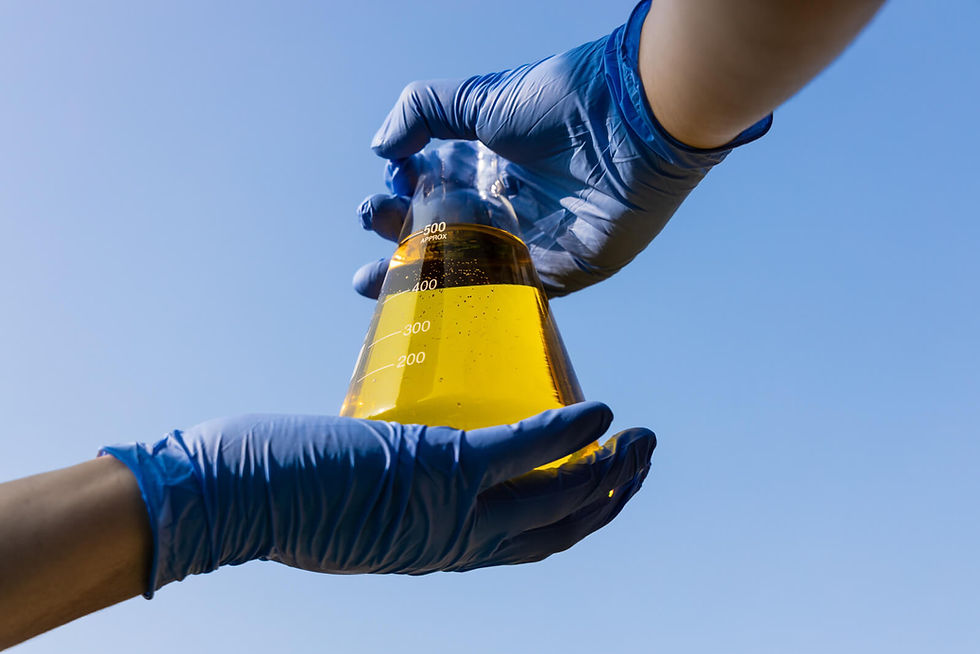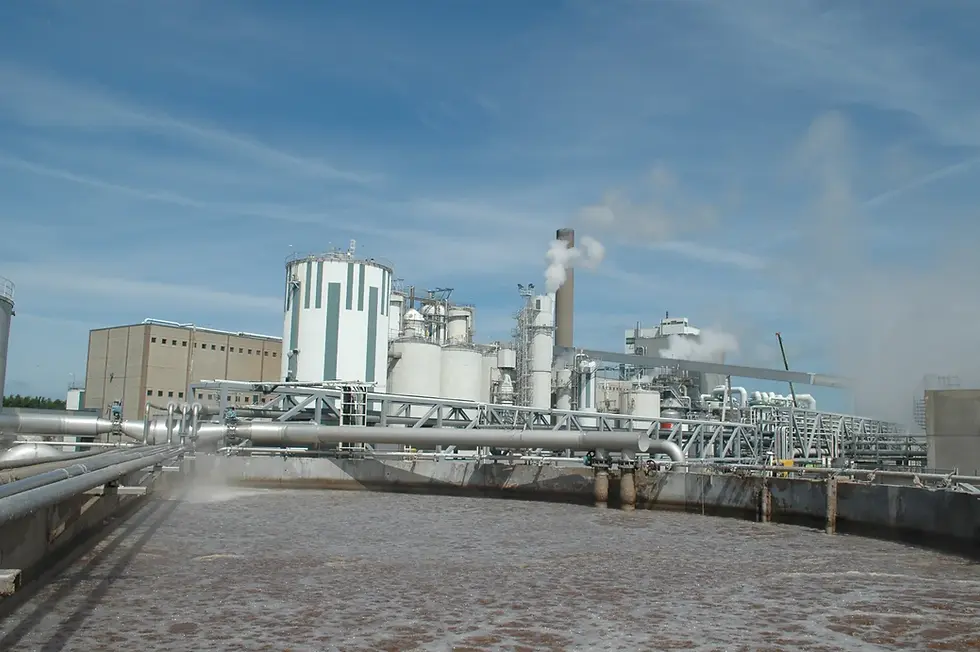High Purity, Low Waste: How Sulzer Maximizes Selectivity and Product Quality
- cemnar0
- Jul 18
- 2 min read

Introduction: Purity Meets Profitability
In producing amines, glycol ethers, and other specialty chemicals, product purity isn’t just a technical requirement it’s a competitive differentiator.
Clean color, neutral odor, and a tight purity profile define the value of every tonne shipped. However, many conventional processes sacrifice yield or generate by-products to chase purity, driving up costs and complexity.
Sulzer’s enhanced mixing reaction systems break that trade-off. By intensifying reaction conditions, improving energy transfer, and precisely managing reactive components like EO, Sulzer systems deliver high-purity outcomes with low waste across ethanolamines, MDEA, and glycol ether portfolios.
The Purity Problem in Traditional Systems
Traditional batch or semi-batch amine and ether synthesis faces major hurdles:
High residence time can degrade temperature-sensitive molecules.
Inconsistent mixing leads to hot spots that trigger by-product formation.
Sloppy feed management (especially EO) results in overuse, emissions, and unreacted components.
Purification by distillation becomes costly, energy-intensive, and slow.
These issues reduce yield, increase waste treatment needs, and risk off-spec batches that impact brand reputation.
Sulzer’s Process Advantages: Optimized from the First Drop
1. Smart Dosing and Enhanced Mixing
Precise and homogeneous dispersion of EO into the liquid phase prevents local over-concentration and side reactions. As a result:
EO is fully consumed in the desired reaction route.
Side products like glycol degradation products or off-color compounds are sharply reduced.
2. Temperature-Controlled Reaction Zones
Operating under vacuum and low temperature preserves sensitive molecules and minimizes unwanted chain reactions. This is particularly vital for amines like:
MDEA (methyl diethanolamine)
TIPA/DIPA (isopropanolamine derivatives)
3. Tunable Product Profiles
Secondary reactors or post-reactor treatment zones allow for flexible fine-tuning of product specifications—while avoiding full over-processing or reformulations.
4. By-Product Management = Minimal Waste
Raw material usage is optimized for yield, reducing:
EO overfeed
Alcohol or amine losses
Reprocessing due to out-of-spec purity
Ultimately, Sulzer’s “reaction right the first time” approach reduces the need for distillation or downstream polishing.
Application-Specific Purity Results
Product | Target Purity in Sulzer Systems | Note |
MDEA | > 99.5% | Low color, precise odor threshold |
Triethanolamine (TEA) | > 98.5% | Controlled EO-to-MEA ratio |
PGME / EGBE | > 99.2% | Minimal glycol contaminant |
MEA / DEA | > 99.5% | Continuous EO integration |
These results were validated in operating plants using Sulzer’s mixing-based designs with both fresh and recycled feedstocks.
Economic and Environmental Impacts
Advantage | Business Impact |
High yield per reaction | Less feed wasted, faster batch turnaround |
Fewer by-products | Lower rework, waste treatment savings |
Lower energy consumption | Reduced utility costs and cleaner carbon footprint |
Fewer post-processing units | Simpler plant layout and faster time-to-market |
Improved brand reputation | Consistent purity earns premium placement |
Designed for Evolution: Flexible & Upgrade-Friendly
Sulzer purification-focused systems are:
Compatible with legacy plant footprints (revamp-ready)
Designed for capacities from 3,000 to 100,000 tons per year
Modular and adaptable for upgrading glycol ether and amine lines into “swing plants” if demand changes
Conclusion: Clean Chemistry Is Smart Chemistry
With Sulzer’s enhanced mixing and smart process integration, you don’t have to choose between yield, purity, and profitability you get all three. Our systems help leading producers reduce waste, cut costs, and consistently deliver high-grade ethanolamines, specialty amines, and glycol ethers with minimal operational risk and maximum market value.




